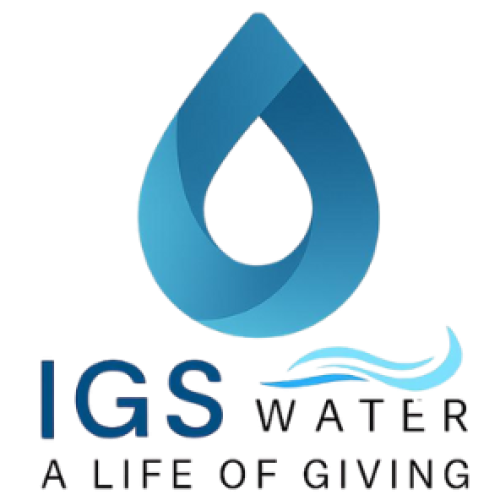In today’s world, the management of water resources—whether for public consumption, industrial processes, or environmental preservation—demands precision and immediacy. Gone are the days when water quality could be effectively managed through infrequent manual sampling and lab testing. We have entered the era of smart water management, driven by advanced Water Quality Monitoring Sensors (WQMS).
IGS Water Solutions’ WQMS technology represents the fusion of sophisticated hardware and intelligent software, providing the capability to remotely manage, monitor, and analyze water quality data in real-time. This technology is not just an upgrade; it is a fundamental shift in how we protect and manage our most vital resource.
What are Water Quality Monitoring Sensors?
At their core, WQMS are specialized instruments strategically placed in water bodies, treatment plants, distribution networks, or industrial facilities. They are designed to continuously measure critical water parameters. The IGS system utilizes cutting-edge technology to capture and transmit real-time data on indicators such as:
- pH Levels: The acidity or alkalinity of the water, crucial for biological processes and corrosion control.
- Dissolved Oxygen (DO): Essential for aquatic life and an indicator of a water body’s health (especially in ponds and lakes).
- Turbidity: A measure of water cloudiness, indicating the presence of suspended solids.
- Conductivity: The measure of water’s ability to conduct electricity, which is directly related to the concentration of dissolved inorganic solids (salts).
- Temperature: Affects chemical and biological reactions within the water.
The Intelligence Layer: Remote Management and Data Analysis
The true power of modern WQMS lies in the system that surrounds the sensors. The IGS solution incorporates sophisticated algorithms and a microprocessor-based digital controller to handle data streams efficiently.
1. Real-Time Trend Analysis
The system provides operators with an immediate view of water conditions through a large graphic LCD display and remote platforms. This allows for real-time trend analysis, meaning water managers can observe how quality parameters are changing minute-by-minute, hour-by-hour. This continuous oversight is critical for detecting subtle shifts that might precede a major problem.
2. Remote Oversight and Efficiency
The remote management and monitoring function is a game-changer for operational efficiency. Instead of dispatching personnel to distant or numerous monitoring sites for physical checks, operators can oversee water quality parameters conveniently from a centralized location. This reduces operational costs, saves time, and significantly improves resource allocation.
3. Digital Communication and Integration
Equipped with digital communication functions (such as RS-232C/RS-485) and isolated DC output transmission (4-20mA), the sensor data can be seamlessly integrated into existing SCADA (Supervisory Control and Data Acquisition) or PLC (Programmable Logic Controller) systems. This ensures the data is actionable and can trigger automated responses within a treatment facility.
Why Real-Time Monitoring is Crucial: Early Detection and Mitigation
The most compelling benefit of WQMS is the capability for early detection of issues.
- Preventing Public Health Crises: In municipal water systems, an unexpected spike in turbidity or a drop in chlorine can indicate contamination. Real-time monitoring allows for immediate alerting and intervention, preventing potential threats to public health.
- Protecting Equipment: For industrial facilities, precise monitoring of conductivity and pH is vital for preventing scale buildup (corrosion) on expensive equipment like boilers and cooling towers. Early warning of parameter deviation minimizes downtime and extends the life of capital assets.
- Environmental Stewardship: For water bodies (lakes, rivers), continuous monitoring of Dissolved Oxygen (DO) is essential. If DO drops below a critical threshold, the system can automatically trigger aeration equipment (like IGS’s Pond Aeration System) to prevent fish kills and ecological collapse.
In essence, IGS Water Quality Monitoring Sensors transform water management from a reactive, corrective process into a proactive, preventative discipline. By providing precise data right when it matters, these sensors are essential for meeting daily water quality standards and securing a sustainable, healthier water future.

